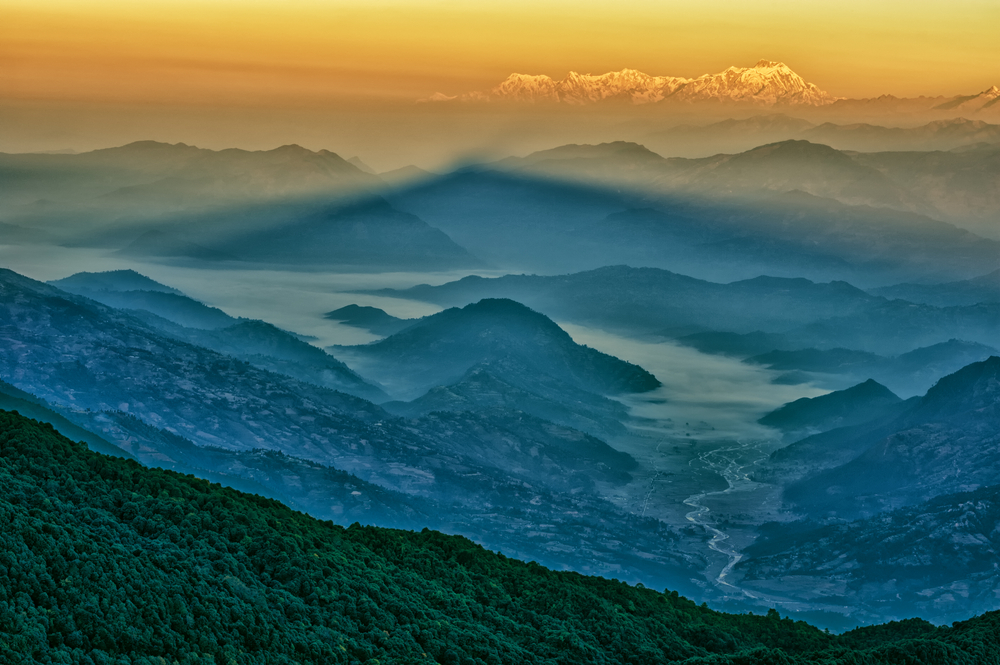Shivapuri Nagarjun Overview
Shivapuri Nagarjun National Park, locally known as “Shivapuri Nagarjun Rastriya Nikunja,” is a protected area located in the northern fringes of Kathmandu, Nepal. Spanning an area of 61.65 square miles (159 square kilometers), this national park serves as a green haven, offering a stark contrast to the bustling urban environment of the Kathmandu Valley. Established in 2002, it is Nepal’s ninth national park and is named after the Shivapuri Peak, which rises to an elevation of 8,963 feet (2,732 meters), making it a prominent feature of the park’s landscape.
The park boasts a diverse terrain ranging from subtropical to temperate forest ecosystems. Its lush vegetation includes dense forests of oak, rhododendron, pine, and sal trees, alongside groves of bamboo and patches of grassland. These habitats are interspersed with pristine rivers and streams, including the headwaters of the Bagmati and Bishnumati Rivers, which are culturally significant to the local population. The Nagarjun Forest, a significant part of the park, is particularly known for its dense canopy and tranquil atmosphere.
Shivapuri Nagarjun National Park is home to a rich variety of wildlife. Key mammals include leopards, Himalayan black bears, barking deer, and wild boars, as well as smaller species like mongooses and jackals. Birdwatchers are drawn to the park for its avian diversity, with over 300 bird species recorded, including the colorful Himalayan monal, Nepal’s national bird, as well as laughing thrushes, woodpeckers, and barbets. The park’s streams and wetlands also host a variety of amphibians and reptiles, adding to its ecological richness.
Visitors are captivated by the park’s serene environment and breathtaking views, particularly from the Shivapuri Peak, which offers panoramic vistas of the snow-capped Himalayan range on clear days. The Baghdwar, the origin of the Bagmati River, is another popular spot for spiritual and naturalistic exploration. The Buddhist monasteries within the park, such as Nagi Gompa, add a cultural dimension, providing visitors with opportunities for meditation and tranquility.
The park offers a range of experiences for adventurers and nature enthusiasts alike. Hiking and trekking are particularly popular, with trails that cater to varying levels of difficulty. The Shivapuri Hiking Trail and the trek to Chisapani are well-loved for their scenic beauty. Birdwatching and wildlife spotting are other engaging activities. For spiritual seekers, the monasteries and religious sites within the park serve as peaceful retreats.
Conservation efforts in Shivapuri Nagarjun National Park have been instrumental in maintaining its ecological integrity, despite challenges such as urban encroachment and illegal logging. Community-based programs and collaborations with local stakeholders have helped mitigate these issues and ensure the park’s sustainability. Ecotourism initiatives have also played a crucial role in raising awareness and fostering support for its protection.










































































